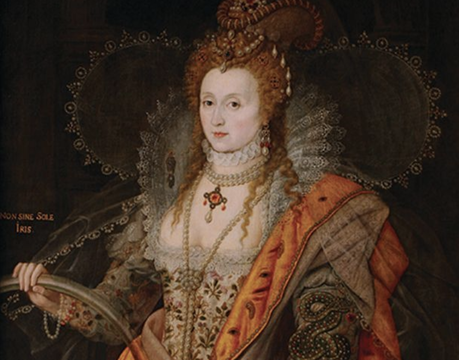
Queen Elizabeth I.
On Jan 15, in 1559, the coronation of Queen Elizabeth I as queen regnant of England and Ireland took place at Westminster Abbey, London, but was this monarch's reign fraught with lies?
Elizabeth I presented a reign filled with progress, riches and happiness; but behind the scenes, things were far from joyous. Did Elizabeth I used public relations, political strategies and personal games to present a united front to both her subjects and her enemies?
Queen Elizabeth I and indeed the whole Elizabethian age appeared to leave behind an extraordinary image of a dazzling era of excitement and achievement, nearly superhuman heroes and daring deeds. And with it all the Queen, larger than life, radiating inspiration at the centre of it all.
Read more
When her namesake, Queen Elizabeth II, came to the throne in 1952, her subjects hoped that another “golden age” was at hand. That the British would once again stun the world with their brilliance and panache, just as the English had done in the days of the first. The second Elizabethan age never transpired, not only because the expectation was unreasonable, but because the first age of Elizabeth never existed as it has long been perceived.
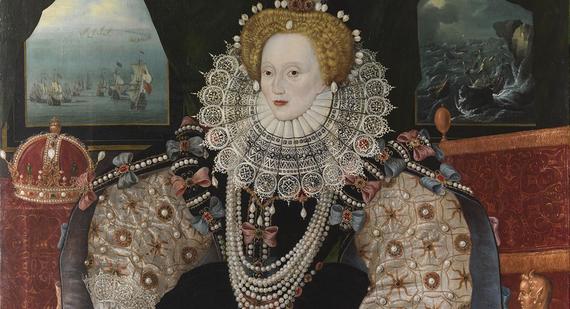
The reality behind the mask of Elizabeth I
The misperception was deliberately created to hide the crucial weaknesses in 16th-century England and its vulnerable Queen. The House of Tudor, of which Elizabeth became the fifth and last monarch, excelled at propaganda, and Elizabeth I needed favourable press.
When she came to the throne on 17th November 1558, she quickly realized she had inherited a poor, ill-equipped country highly vulnerable to attack. Religious upheavals over the previous 30 years had deeply divided her exhausted subjects. The Queen’s own status was just as depressing.
Much of Europe regarded her as an illegitimate child of King Henry VIII and his second wife, Anne Boleyn since the Pope had not sanctioned Henry’s divorce from his first wife, Catherine of Aragon. As a bastard, Elizabeth had no right to the English throne. Furthermore, her father’s break from the Roman Catholic Church made her anathema to Catholics both in and outside England who regarded her distant cousin, Mary, Queen of Scots, as the rightful sovereign.
Especially in the early years of Elizabeth’s reign, England always faced the danger of attack from the great Roman Catholic powers, Spain and France, egged on by the Pope. Against these perils, the Queen could rely only on her own wits, her gambler’s instinct, and above all, her talent for creating a cult of personality.
Elizabeth's PR strategy
Elizabeth secured her position creating a glorious public image that overwhelmed religious differences and appealed directly to English patriotism. In order to win her subjects over, she needed to be visible and, in an age of slow communications, that meant undertaking many royal “progresses.”
“We princes,” Elizabeth told the English Parliament, “are set as it were upon stages in the sight and view of the world.” Elizabeth’s progress, accordingly, resembled travelling theatre. Every summer of the first 20 years of her reign saw her moving in splendid procession through the major towns and cities of England. The centerpiece was, of course, the Queen herself.
A dazzling figure almost submerged in the jewels, brocade, and ornaments of her dress, she was more like a living icon than a human being. The layers of this theatrical front Elizabeth presented to the outside world have hidden the real person within from historians seeking a truer understanding of the Queen. Much about her personal as well as her public life remains mysterious, and this is probably just what she wanted.
However, if she herself was the chief author of this persona, Elizabeth had backup of the highest order. Poets, playwrights, painters, the creators of water pageants and masques at court, propagandists, pamphleteers, and ballad-makers all conspired to intensify the image of Elizabeth as “Gloriana,” the Virgin Queen or the “Faerie Queene” of Edmund Spenser’s fantasy. Artists also promoted Elizabeth in all her bejewelled glamour, surrounded by a glittering court full of lusty young men whose dauntless deeds she inspired.
Elizabeth as a political strategist
Through most of her life, and certainly in her early years as Queen, Elizabeth lived dangerously so that she and England could survive. England’s principal enemies, France and Spain, enjoyed far greater wealth, influence, and military might. England had little chance of resisting a direct onslaught from them. Elizabeth relied, therefore, on guile, smokescreens, and confusion. She deliberately exploited the enmity between France and Spain, hinting at aid for one against the other, never committing herself, but always holding out hope. As long as she kept her enemies guessing, she could be reasonably sure that neither would risk a war on two fronts by attacking England.
Elizabeth always drew back from courses of action that might provoke her enemies. At the same time, she kept her options open and never gave in to pressure. When her reign began, for instance, Elizabeth hinted to Henri II of France that she would break with King Philip of Spain if Henri would restore Calais to England. (Calais, a former English possession, had been taken by France in January 1558.) At the same time, she persuaded Philip that she would be willing to marry him and so ally England with Spain. As a result, Elizabeth gained compensation for Calais while Philip went on living in hope.
The Queen confounded even the Pope with her wiles. He watched England closely to see whether Elizabeth would reverse the policy of her Roman Catholic half-sister and predecessor, Queen Mary I, and turn her realm into a fully Protestant state. Try as he might, though, the Pope was never able to decide whether she would or would not.
On the one hand, Elizabeth kept the Catholic mass in her own private chapel and sent an ambassador to the Papal Court. On the other, the Queen and her advisors slowly steered legislation through Parliament that gave first place to the Protestant faith, with concessions to make the religious settlement palatable to Catholics. Then again, Elizabeth allowed outrageous fun to be made of the Roman church at court mummeries, where crows were dressed up as cardinals and asses as bishops. However, she made it clear that she would force no one’s conscience to conform to the Protestant faith and make no one a martyr in the cause of religion.
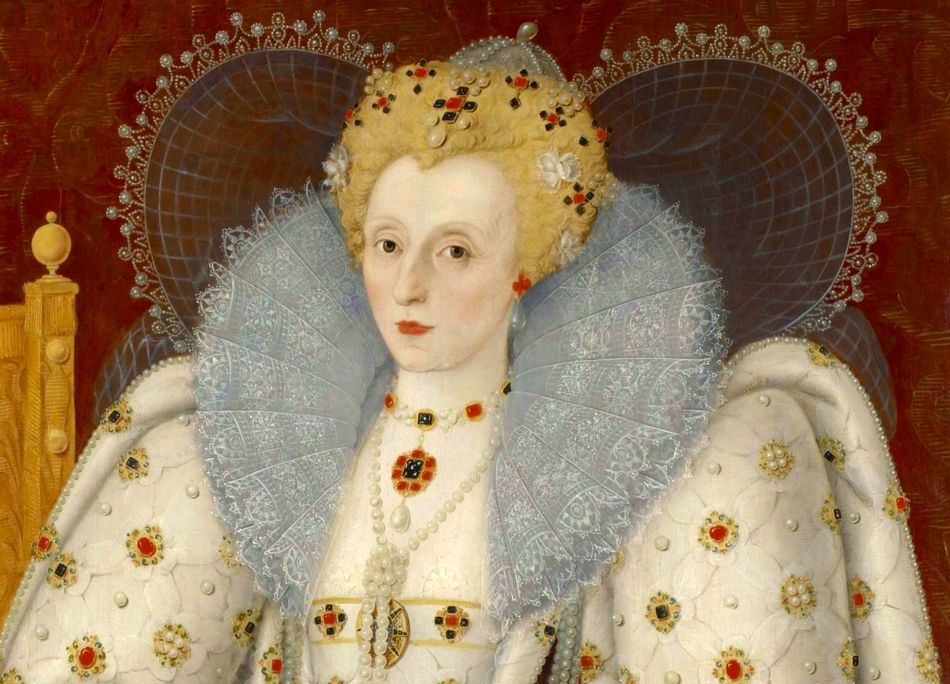
Elizabeth took blatant advantage of the fact that her enemies expected a woman to be indecisive. She took care, of course, to conceal the devious mind, keen political instinct, and strong urge to survive that lay at the root of her protean proceedings. All that showed on the outside was a monarch who offered hope and then backtracked, gave half a promise and then denied it.
Elizabeth's search for a successor
Where she could not follow such an indeterminate course, Elizabeth fell back on the royal prerogative to decide important matters unilaterally. Very often, when no safer option presented itself, that meant doing nothing. This was certainly true when it came to naming the successor to her throne. If she named a Catholic heir she would alienate her Protestant subjects - they remembered only too well the fires that had consumed those Mary had considered heretics. The other choice, a Protestant heir, would inevitably lead to the foreign invasion and conquest Elizabeth feared. She chose no one until the last possible moment when she was dying in 1603.
A third alternative, one constantly urged on her, was for Elizabeth to marry and produce her own heir. There was no shortage of applicants; from Philip of Spain to the heir to the Swedish throne. From assorted foreign dukes and English nobles to the spectacularly squat and ugly Due d’Alençon, whom Elizabeth called her “frog.” Elizabeth kept the Duke dangling for years, and he was still seriously, but hopelessly, wooing her when she was in her mid-forties. Meanwhile, of course, Elizabeth could avoid considering marriage with anyone else.
Why Elizabeth would never marry
Political and economic opportunism motivated many of these suits, as was common with royal unions in Elizabeth’s time. None of her suitors realized, though, that while Elizabeth kept them dangling as it suited her, she had no intention of marrying any of them. Most likely, she truly loved only one man, Robert Dudley, Earl of Leicester, who according to rumour almost succeeded in getting her to the altar. However, when she and Dudley were both about nine years old, she had told him she would never take a husband. This was no piece of childish melodrama. Elizabeth knew from personal experience that royal marriage was dangerous.
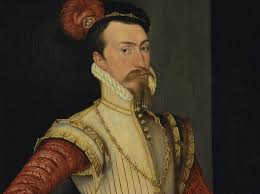
Robert Dudley, who Elizabeth called her “sweet Robin”. (© Heritage Image Partnership Ltd / Alamy)
The marital history of her father, the six-times-married King Henry VIII, had been a nightmarish lesson. He had hounded his first wife, Catherine, to death; executed two others, including Elizabeth’s mother, Anne Boleyn; and terrorized three of the other four. Elizabeth watched from the sidelines and drew her own conclusions.
After she became Queen, the dangers of marriage took on another aspect. A husband would not have occupied a secondary position, like Prince Albert, Queen Victoria’s husband, or Prince Philip, who married the second Elizabeth in 1947. At the time of Elizabeth I, the husband of a reigning Queen could claim the Crown Matrimonial and rule as King during her lifetime. In the case of a foreign husband, this meant the one thing Elizabeth’s subjects most hated: foreign influence in English affairs. If, on the other hand, she opted to marry an English noble, she would make him an “overmighty subject” with more power than any subject ought to possess.
This situation had a particular poignancy in 16th-century England. The Tudors had claimed the throne in 1485 after the Wars of the Roses, a struggle for control that had laid waste to many an English noble. Elizabeth would not risk a repeat performance and so resolved to keep her nobles from access to royal power. One of her most famous assertions - that she was wedded to her kingdom - was another way of saying that England was the only “husband” she could have who would not prove a danger to her.
Elizabeth's sensitivity around her image
Of all the many aspects of Elizabeth’s public image perhaps the most obvious, and in some ways the most sensitive, was the face depicted by her many portraitists. Painting an image of the Queen was a task fraught with many difficulties, particularly as her half-century-long reign wore on. By the time she reached her 65th birthday, one contemporary wrote that “Her face is oblong, fair but wrinkled; her eyes small, yet black …; she wore false hair, and that red.”
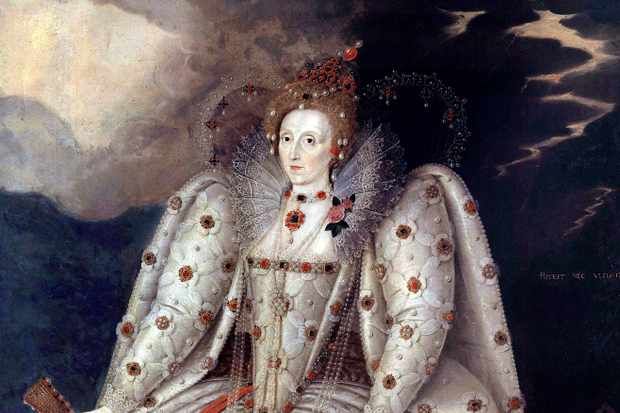
In addition, when Elizabeth was 29 she contracted small-pox, which left her face permanently blemished. To cover the marks, she took to wearing white lead makeup. The effectiveness of her efforts to hide her scars and advancing age may be judged from the fact that towards the end of her life she would not allow mirrors in her rooms.
This concern over her outward appearance extended to the portraits made of her. Just where was the line to be drawn between accuracy and deferential flattery? Commenting on this delicate matter. Sir Robert Cecil, her Secretary of State, wrote: “Many painters have done portraits of the Queen but none has sufficiently shown her looks or charms. Therefore Her Majesty commands all manner of persons to stop doing portraits of her until a clever painter has finished one which all other painters can copy. Her Majesty, in the meantime, forbids the showing of any portraits which are ugly until they are improved.”
While there was surely some simple vanity in the Queen’s command, her concern for projecting the proper image - one of a strong monarch unimpaired by the passage time - was also a matter of political propaganda.
The Spanish question
There were, of course, limits to just how far Elizabeth could go in masking her intentions. It was one thing to keep suitors in suspense, quite another to challenge the Spaniards in America and Europe without incurring their wrath. The Spaniards believed their American empire was God-given. Their astounding achievements in exploring, conquering, and settling this huge area brought Spain so much wealth in gold, silver, and jewels that the currency of Europe had to be revised to take account of it.
Spain’s growing wealth obviously worried Elizabeth. Philip had never ruled out a war against England, and a potential flashpoint lay just across the English Channel. The Spanish Netherlands, heavily militarized by Philip, was Protestant territory and a possession as important for its own product - cloth - as the New World was for gold and silver.
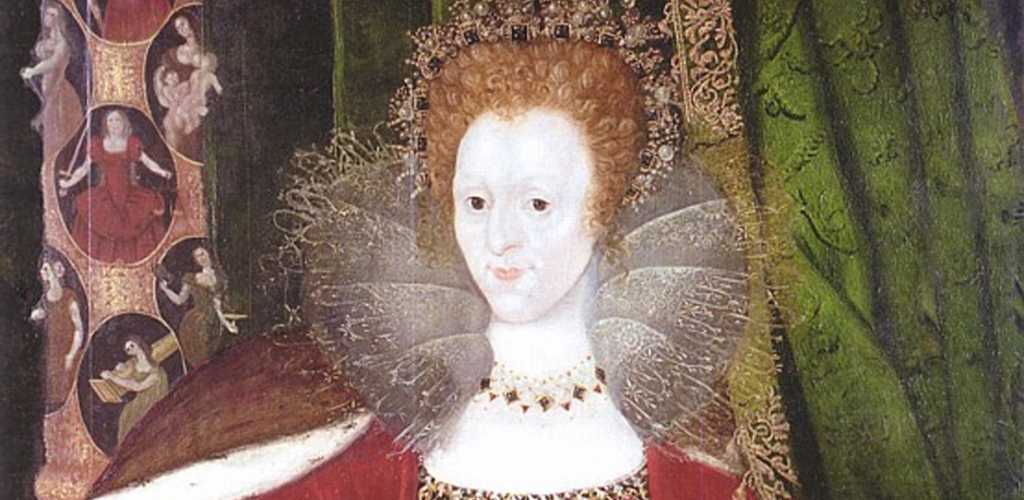
Portrait of Elizabeth I of England in Parliament robes
The Dutch “sea-beggars” used English harbours as havens when the Netherlands finally rebelled against its Spanish masters. Even Elizabeth’s prevarication could not stop Philip realizing that the English sympathized with the rebels, and that English privateers had cast greedy eyes on Spanish America. Philip had initially allowed his colonies to conduct a certain amount of trade with England, but in 1567 Spain closed its American colonies to all foreigners, and the English Protestant heretics in particular.
The ambitious English, however, dearly wanted to muscle in on the wealth of the New World to build up England’s resources, and if legal trade came to an end, piracy would do. In 1572, Francis Drake sailed the Atlantic to Panama, where the Spanish marshalled their treasure fleets. With characteristic daring, Drake hijacked the latest shipment and returned to England, his ships’ holds stuffed with booty. Five years later Drake carried out a thoroughgoing series of raids against several Spanish settlements and again returned home loaded with treasure. For good measure, Drake sailed around the world, the first Englishman to do so.
King Philip complained about the English pirates, but Elizabeth parried the protests, claiming Drake’s activities were his own private business. Even so, when Drake returned triumphant in 1580, she went down to greet him when he stepped ashore at Deptford. There on the quayside, with the Spanish ambassador glowering nearby, she drew a sword and knighted Drake.
Thus far, Philip had been too preoccupied in Europe to consider a serious attack on England and its impudent Queen. He had contented himself with fomenting plots against Elizabeth among the English Catholics. However, incidents like the knighting of Drake, as well as the failure of the plot to unseat Elizabeth, and English interference in the Netherlands greatly raised the temperature of Anglo-Spanish rivalry. In 1587, when Mary, Queen of Scots’ involvement in the most serious conspiracy against Elizabeth resulted in her execution, the enmity escalated, and a course was set for war.
However, Drake forced the Spanish to delay their attack on England by launching his most outrageous strike yet, against the Armada Philip was gathering at Cadiz. The effect was only temporary. Within a year, Philip had replaced the ships and stores. The invasion force left Spain in the early summer of 1588, bound for the Netherlands where it planned to embark a large army.
The embarkation never took place. Philip’s Armada failed, partly through the wild, destructive weather in the English Channel, partly because of the deadly firepower of the new-style English galleons. Channel storms tore at the lumbering Spanish vessels, and English guns pounded their timbers, reducing the much-vaunted Armada to a mass of wallowing, leaking hulks. The survivors did not return to Spain until the end of 1588, having sailed around the British Isles and out into the Atlantic. At least half the surviving Spanish ships wrecked or sank on the way.
The news that tiny, pipsqueak England had laid low the mighty fleet and pride of Spain stunned Europe. The English felt both triumph and relief. The genius of her seamen, aided by phenomenal good luck, had saved England. But, as always where Elizabeth was concerned, it had been a very close thing.
By this time, Elizabeth had been Queen of England for 30 years—a long time to wait for some security. Though the war with Spain lasted in desultory fashion for another 15 years, the worst perils Elizabeth and England would face were behind them.
Elizabeth's legacy
When Elizabeth died in 1603, England was an expanding power with a rich and growing trade in the Netherlands, the Mediterranean, the Middle East, and even Russia. In addition, the groundwork had been laid for the first English settlement in the New World, established in Virginia in 1607. Though still early in the day, the realm Elizabeth preserved against great odds was on its way to its later status as a prime world power, while the sun of Spain was slowly sinking. This, rather than the overblown image of a celebrity Queen and her “golden age,” was the real source of lustre in the reign of the first Elizabeth and her country.
* Originally published in July 2016.





Comments